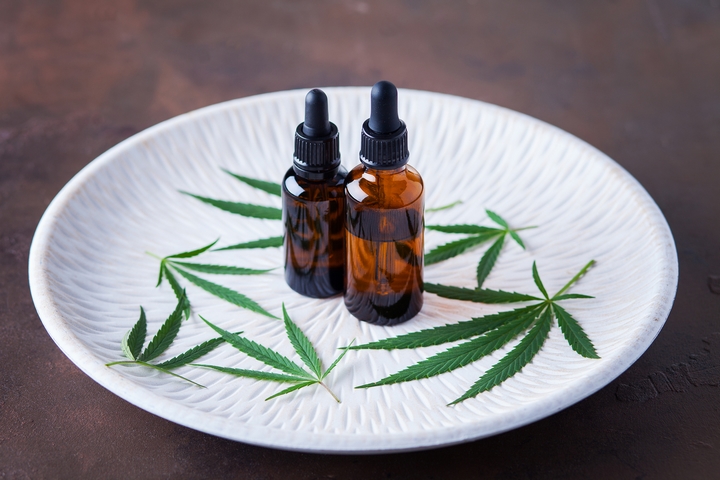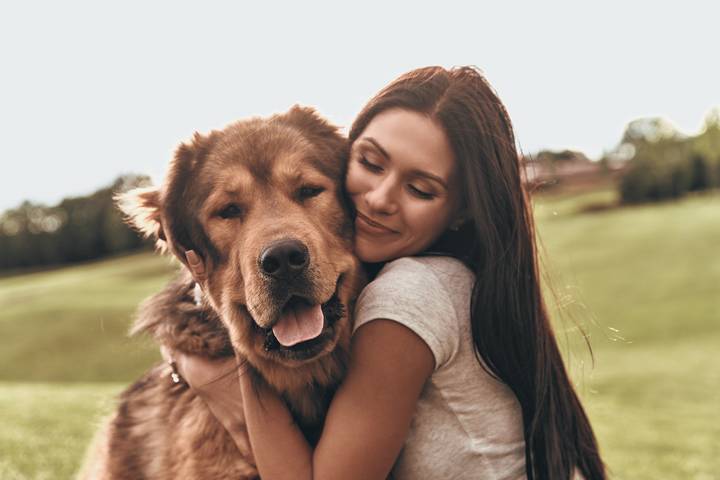How to Stop Bleeding on a Dog

One of the most heartbreaking sites we can witness is seeing our furry little or big friends in agony. Their physical pain transfers over to us in the emotional form, causing us to sympathize with them and work towards healing them of their ailments as fast as possible.
To keep our beloved pets healthy, we should learn basic first-aid tips to save their lives and reduce discomfort. One of these tips includes stopping bleeding in case your dog gets into an accident and injures itself badly. When these energetic animals enter play mode or even encounter more serious incidents, they can land up with hurts ranging from minor bruises and scratches to scabs and more serious injuries.
Gaining knowledge on how to stop their bleeding in such cases can make a remarkable difference in the well-being of your dog!
So, if you are unaware of how to do so and are looking for tips, read on! This blog will walk you through tips on how to stop bleeding on a dog, allowing you to gain some skills and peace of mind if this should ever occur.
1. Calm yourself
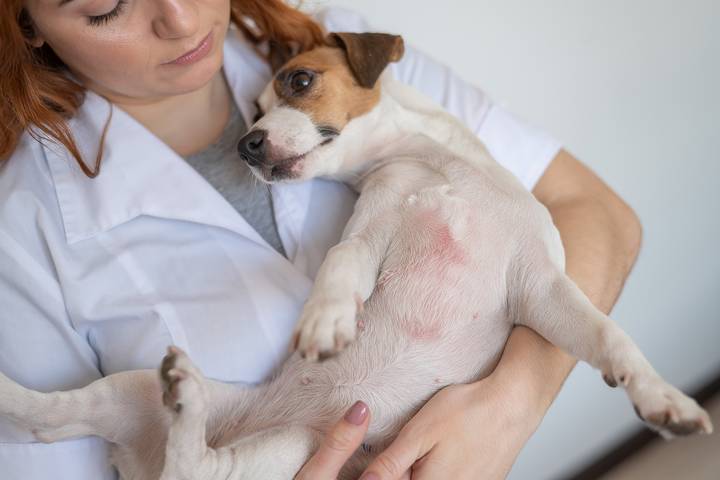
This may seem like a rather redundant tip at first, but we promise you it is not! Of course, it is natural to freak out when you see your pet badly battered, as our parental instincts get a hold of us. However, hyping ourselves over this situation will do no good and may even cause more harm!
This is because we unintentionally focus our attention and energy on worrying about our dog emotionally. It makes it more difficult to provide them with the immediate physical support they need.
If you cannot calm down, practice slow breathing to centre yourself. You’ll be better equipped to handle the situation calmly and effectively by calming yourself. Furthermore, dogs are incredibly perceptive and can pick up on our emotions.
Hence, by projecting a calm and reassuring presence, you can also help keep your dog calm. Speak soothingly, using gentle and comforting words to help alleviate their emotional distress.
2. Visit the veterinarian
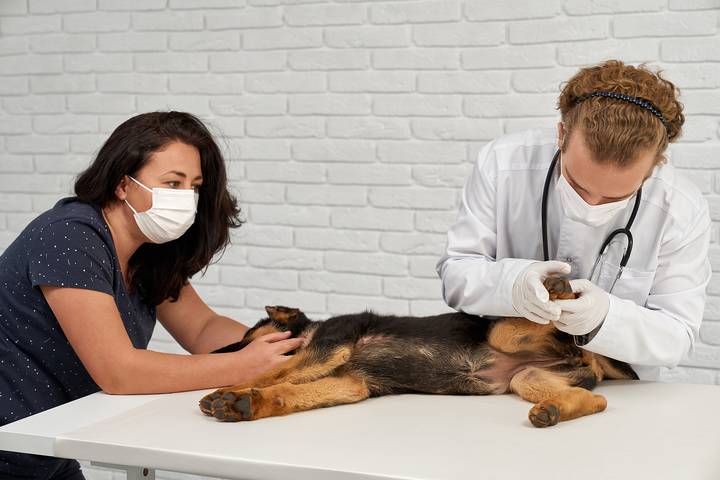
Although the veterinarian’s office may be the last place your dog would like to go to, it may be necessary in certain situations. Since you have completed the major portion of stopping the bleeding, taking your dog to vet urgent care will be beneficial to complete the treatment process.
By being given the proper instructions on how to care for them and being prescribed a certain medication, if necessary, you can ensure your dog’s speedy and certain recovery!
3. Investigate the wound
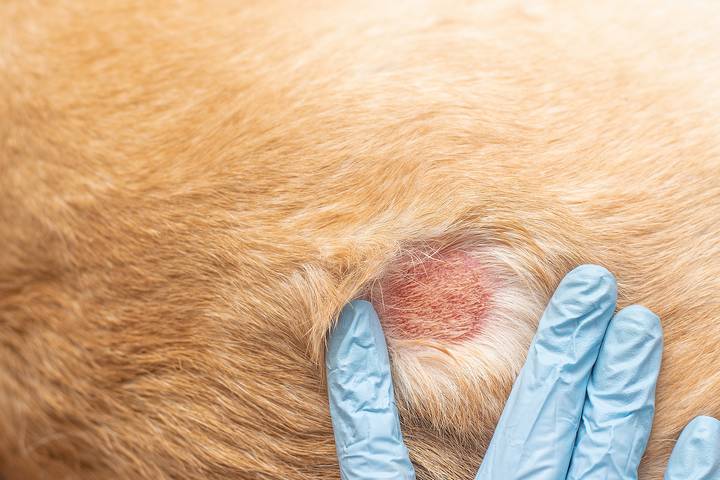
Once you feel you have a stable hold over the situation, get in closer to examine the wound. Try to figure out the exact location from where the bleeding is taking place and the size and depth of the wound. His initial assessment will help you determine the severity of the bleeding and the appropriate course of action.
Determine the rate at which the blood is flowing as well. A steady, constant flow may indicate a more serious injury, while intermittent bleeding may suggest a less severe wound. This information will help you gauge the situation’s urgency and guide your decision-making regarding the best action.
4. Calm your dog down
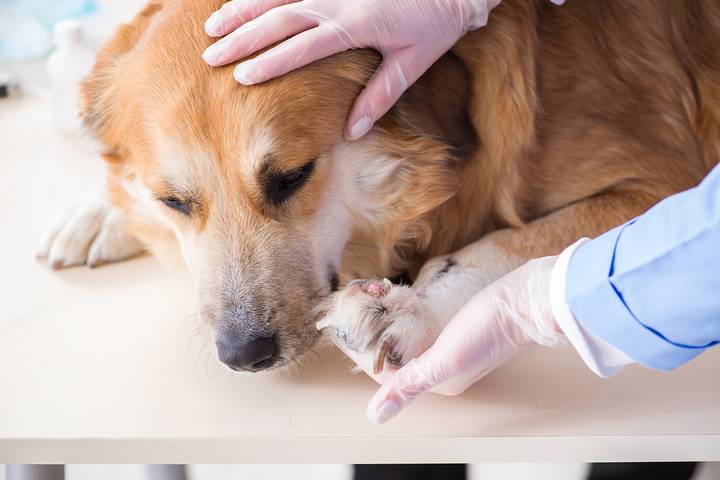
Calming your dog down is another task, like how you calmed yourself down. Depending on the injury’s intensity and your dog’s temperament, you may have to ease their emotional state before working on their wound.
Be mindful that even the most well-behaved dog may behave unpredictably when in pain. Hence, using a muzzle may be in your best interest, as this will gently secure your wound and prevent any further unwanted injuries to either one of you. Place them in an environment where they are free of additional harm as well, as this will make them feel more comfortable and open to letting you help them.
5. Place pressure
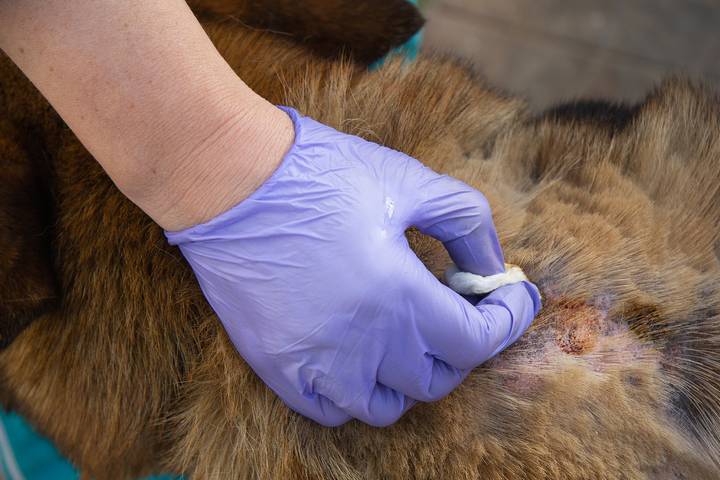
After locating the wound’s source, it’s time to apply direct pressure. This is important to stop the blood from flowing. Perform this by using your hand or fingers directly on the wound. It may initially cause slight discomfort to your dog, but do not let this stop you from performing it. Maintain the pressure for several minutes, allowing the blood to clot and the bleeding to subside.
6. Disinfect the wound
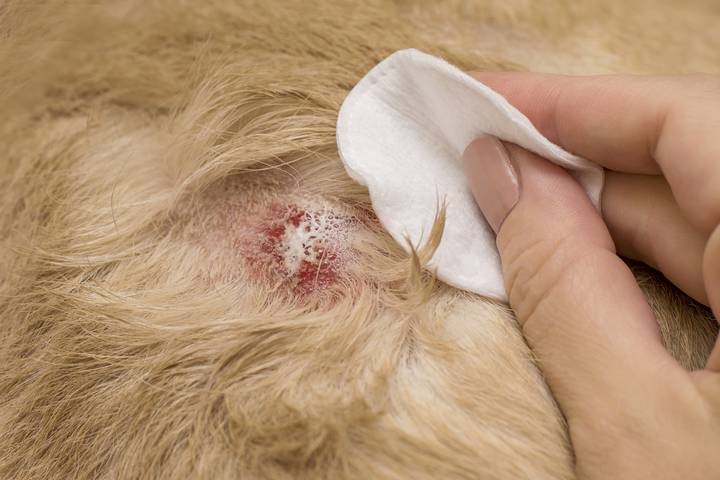
Now that the blood has clotted and the bleeding has stopped, you can move on to disinfecting the wound. This is important as it reduces the risk of the injury being infected, which would otherwise lead to a whole new world of problems.
Start by cleansing the area with water, removing any dirt that may be around. Then, apply the antiseptic solution directly to the wound or on a pad with which you can wipe the wound. Take care to apply the antiseptic solution gently, ensuring that it covers the entire wound surface. Avoid excessive scrubbing or rubbing, which can cause further irritation and delay healing.
7. Cover up the wound
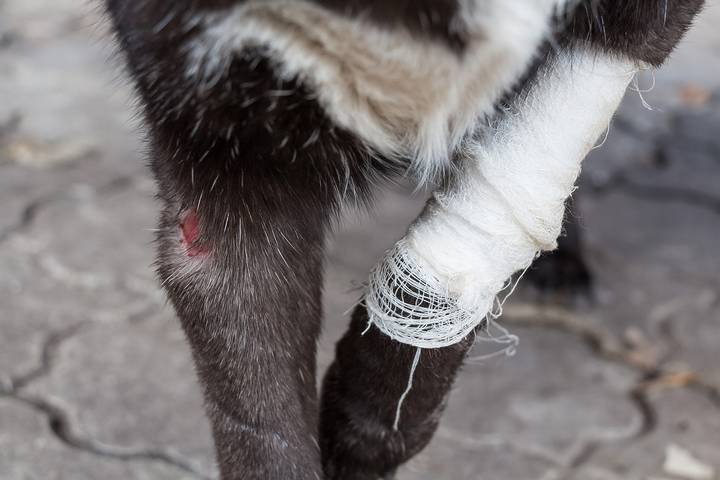
Covering the wound is the next essential step to helping your bleeding dog. Do so using a gauze or bandage, ensuring that it covers the wound completely. Avoid wrapping the bandage too tightly, as it can restrict blood flow and cause discomfort, but allow it to cling to the skin well enough to be secure.
Regularly monitor the bandage for signs of shifting or loosening, and replace it with a fresh one when necessary!


